Design for Sustainability Without Breaking the Bank: No and Low-Cost Measures for Sustainable Design
12/21/2022
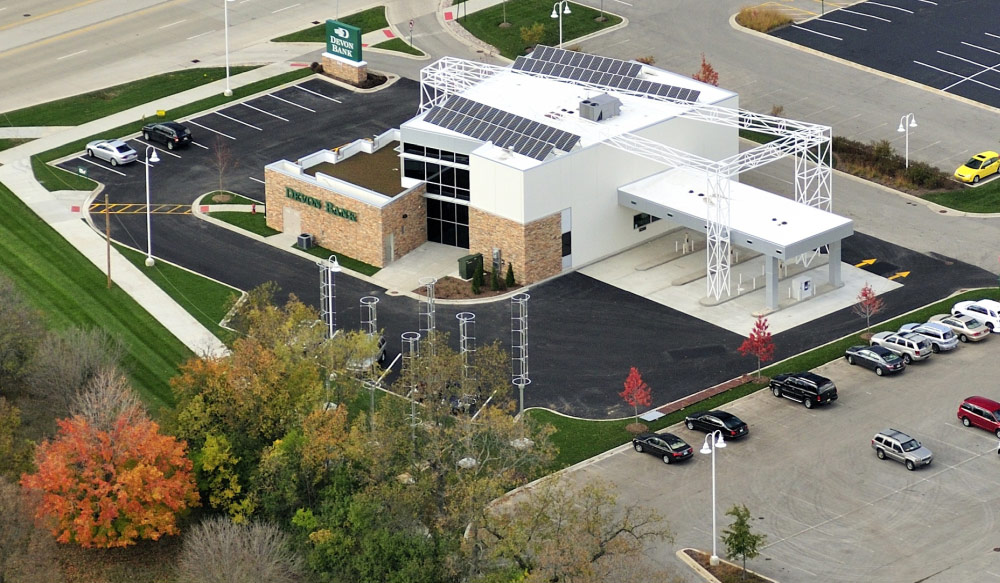
"What does sustainable design add to the overall cost?" This is an often-asked question by clients at the outset of a project. It is generally assumed green design comes at a premium: Often too, this is correct. Yet many of the most important sustainable strategies involve no additional initial cost. Some add more cost to initial construction but provide significant payback over the life of the building.
Green building is often perceived as an unaffordable option owing to misconceptions surrounding the actual cost of green buildings compared to their conventional counterparts. Yet green building is not necessarily a more costly version of a conventional building and green building features do not have to be expensive add-ons to buildings. The U.S. Environmental Protection Agency (EPA) defines green building as "the practice of creating structures and using processes that are environmentally responsible and resource-efficient throughout a building?s life-cycle". Within this context, two broad approaches to green building can be identified. Here we will look at the sustainable strategies for new construction that do not cost extra yet can yield significant savings.
▶ High Performance / Low Energy Architecture
High performance / low energy architecture makes maximum use of natural light and ventilation. It does this through optimum siting, use of sunshades, light shelves, and other treatments to control and direct the sunlight; through appropriate insulation; solar heating; displacement ventilation; and appropriate thermal inertia.
▶ Optimum Siting
The siting of buildings is not always flexible. Often these decisions are made due to factors other than optimum design considerations. Where siting is flexible, a few important considerations can significantly increase sustainability.
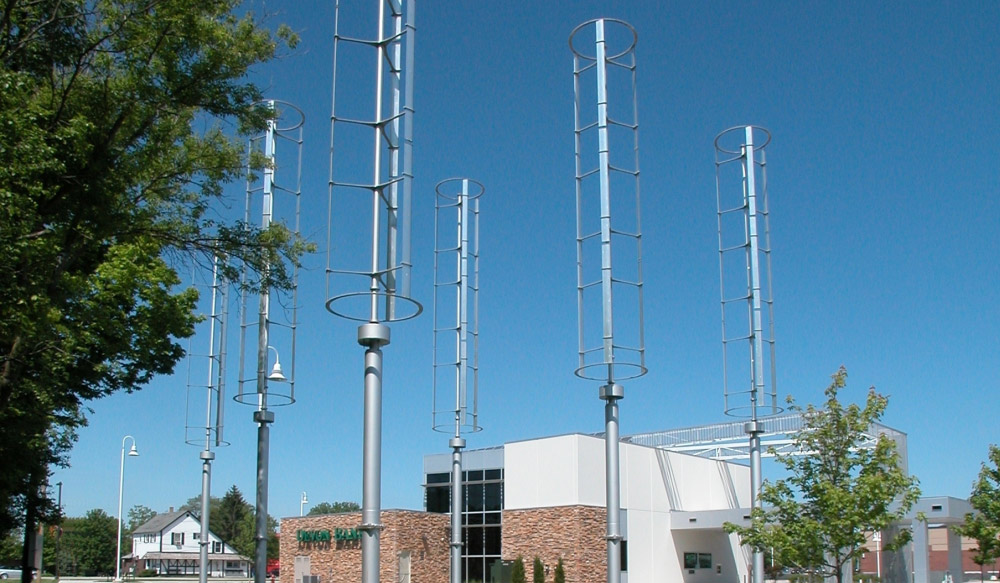
▶ Position buildings Near Circulation and Services
The first consideration is to position buildings near circulation and services. This reduces the cost and environmental impact of pavement, sewer, storm water, and utility service lines.
Transportation, especially automobile, is the second greatest user of energy after buildings. An isolated sustainably designed building that requires automobile transportation to reach it cannot be fully sustainable.
▶ Orient New Buildings Optimally
Orienting buildings to take advantage of the sun and positioning windows to take best advantage of natural daylight, solar heat gain, and prevailing breezes increases energy efficiency, often with no added cost. Sites that allow buildings to have a long north ? south axis maximize south facing windows while minimizing more energy intensive east and west exposures that aggravate cooling loads. This enhances building energy efficiency without adding anything to the cost of a building. Natural light, typically strongest throughout the year from the south, also reduces energy needed for artificial light, thereby reducing energy cost, while providing psychological benefits and the known mood-enhancing advantages of daylight.
In passive solar design, south sunlight entering the building is controlled with overhangs: These are sized according to sun position throughout the year, admitting more direct sun during the winter while reducing it in summer. Before the advent of modern mechanical systems, this design strategy was often used in traditional architecture, and is still used in parts of the world where access to mechanical heating and cooling is not practical or affordable.
Light shelves can function simultaneously as sunshades, while providing reflective surfaces that bounce natural light deeper into the building. This can increase desirable natural light entering a building while decreasing solar heat gain. Although these cost more than not having them, they can save on the amount of artificial light required.
South facing buildings can also take advantage of hills with south facing slopes, with lower stories set into them to shield their north, east, and west exposures, while opening towards the south.
Building and fenestration orientation that is best coordinated with natural sunlight can save as much as 30% over the alternative, without any additional cost. Lengthening building elevations facing north and south while minimizing east and west exposures, controls how the sun hits the building. Increasing the amount of sunlight entering windows from the south, reducing it from the east and west, can take best advantage of solar heat gain and natural daylighting. It reduces exposure to less controllable sunlight from the east and west, minimizing cooling loads, while also allowing easily controllable sunlight from the north. This is a fundamental passive solar design strategy. Being "passive," it works with rather than against nature.
▶ Cues from Traditional Building
Traditional local and vernacular building that was designed before fossil fuel use became widespread can provide an excellent guide to architectural design that respects climate. Such examples include porches and overhangs, multi-layered roofs; high thermal inertia in temperate climates and low in tropical ones; passive solar heating; and tall design features that create a "stack effect" in which cooler outdoor air is pulled through lower openings and pushed outwards above through positive pressure as it is warmed up near the top of the building; and "wind scoops" in arid climates, in which this process is reverses.
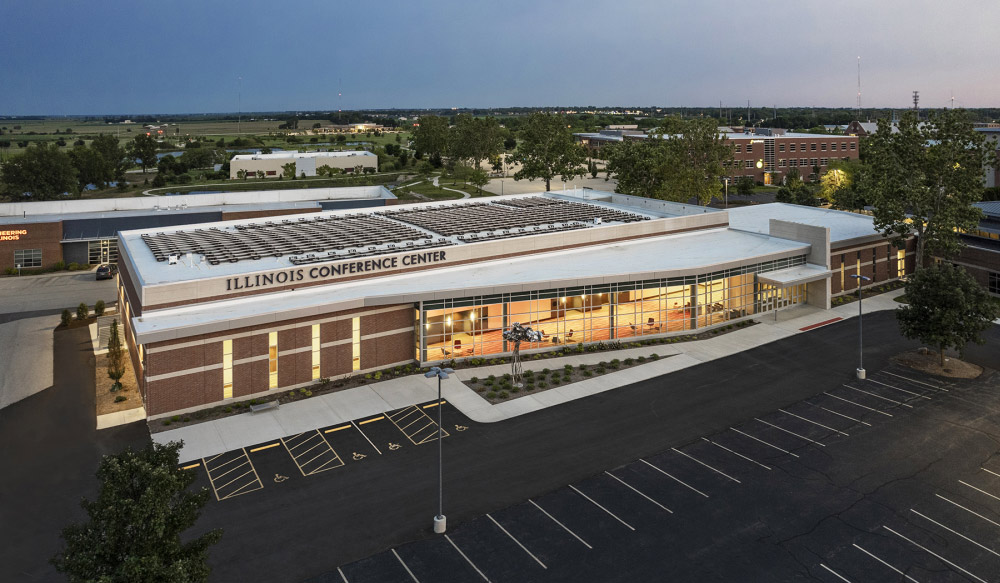
▶ Passive Buildings
These are energy efficient buildings, in which passive design strategies are used to achieve highly efficient performance. The most commonly used features are high performance windows, energy efficient lighting, efficient heating, ventilation, and air-conditioning (HVAC) systems, low-flow water fixtures, etc.
▶ Long Life / Loose Fit
Sustainable buildings should be relatively timeless. They should be agreeable and adaptable, rather than tightly constrained in plan and burdened with gratuitous formal gestures.
Many historic buildings were conceived in this way and are ideally suited to adaptive reuse. Many in fact are more suitable to reuse than more recent buildings. Very often they have been built of materials, like masonry, that age well. Also since many were built with high ceilings to allow natural sunlight to enter deeper within them, they may require less artificial illumination.
Much early modern architecture often featured "universal space" floor plans that were gridded, neutral, and adaptable to different uses. This has allowed them to last for decades. Often too however, these were designed with low ceiling heights and deep floor plates that require artificial light; and with newer materials that have not lasted well.
▶ Replenishable Materials
Greener architecture uses construction materials made from sources that are replenishable or basically inexhaustible, such as mud and clay, sand, and woods that are sustainably grown.
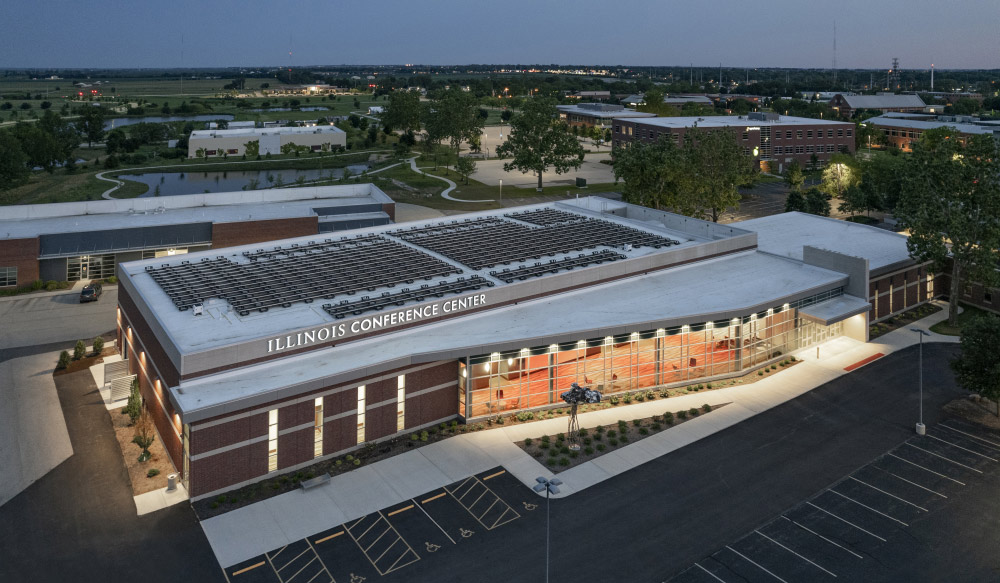
▶ Replenishable Energy
With the exceptions of nuclear energy, gravity, and geo-thermal energy, most of the energy available to us for use in buildings comes from the sun. The energy in fossil fuels comes from the sun, which eons ago drove photosynthesis to change carbon dioxide and water into the molecular building blocks, carbon and hydrogen, of plants and animals. Over millennia these hydrocarbon compounds became fossilized, that today can be unearthed and burned to produce fuel.
Yet it is far more elegant to harness this energy directly from the sun, as well as from the effects of sun energy such as wind and waves. Gravity can also be used directly, as in the case of tidal generators for hydroelectricity. And, though it produces carbon waste and is not quite so elegant, biomass (vegetal waste) can be burnt to produce fuel.
▶ Using Less Water
Rainwater is often piped away from a building into sewers. At the same time, potable water is often used for irrigating landscapes and other uses for which rainwater, or "gray water," would suffice. Retaining it at the site and using it for irrigation, is a practical way to save resources. Similarly, planting native perennial landscapes that are better suited to the local climate can also reduce watering needs, especially when these feature drought-tolerant perennials. This also helps restore native habitats that have been rapidly eroding.

▶ Recycle to Reduce Waste and Pollution
An existing building is often the "greenest." Even with the best net-zero design approaches, it can take decades to recapture the carbon expense of new construction. Renovating existing buildings instead of building new ones can save materials and energy and reduce waste, while quickening the review and approval process. Still, renovating older building often brings challenges. The building?s orientation on the site cannot be modified. Serious structural problems and presence of hazardous materials in the building can be especially expensive.
Historic designation brings additional challenges: Historic preservation standards often restrict the extent to which the architect can modify a building. Opportunities for new techniques for daylighting, such as sunscreens and light shelves, may be prohibited. Other methods optimizing energy efficiency may be restricted for aesthetic reasons. On the other hand, many older buildings were designed with large windows that maximize light and ventilation before the days of air conditioning and efficient artificial lighting.
Where reusing an existing building is not an option, recycled materials salvaged from existing materials or simply re-adapted for new use, may be the next best thing. Salvaged materials such as lumber, hardware, plumbing and light fixtures can be used in new construction. Engineered lumber made from recycled or scrap wood, as well as cheaper, faster-growing trees can be stronger than ordinary lumber, and more resistant to warping and splitting. Concrete can be made with high quantity of recycled fly ash instead of Portland cement.
Buildings can be "deconstructed" when demolishing them. Often materials from a demolition project can be salvaged and sold, or at least given away, to reduce disposal and landfill fees for debris. Though salvaging adds time and cost beyond standard demolition, sometimes tax benefits and reduced disposal costs can result in net savings. Deconstruction costs can be 30%?50% less than demolition.
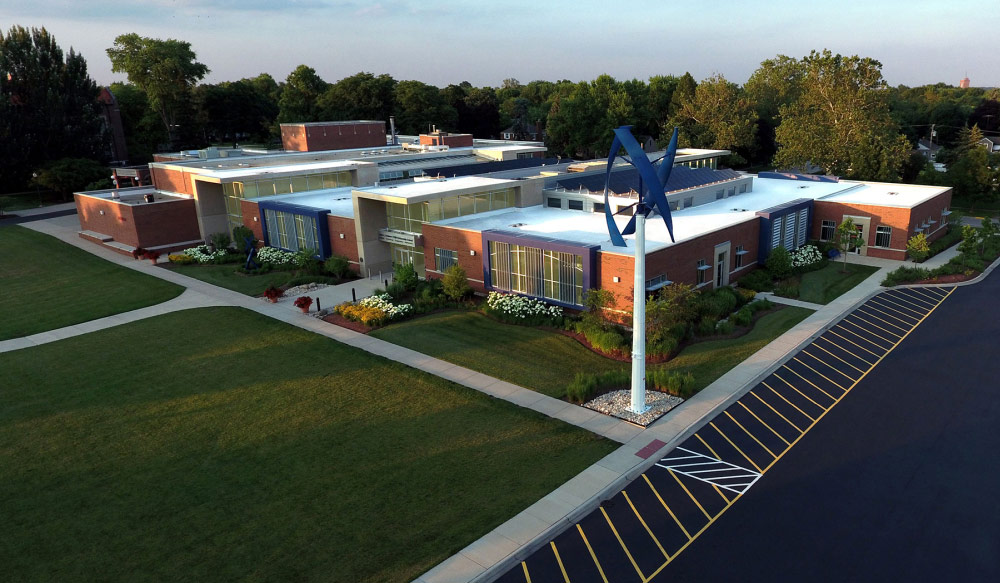
▶ Reduce the Amount of Materials Needed for Construction
A hallmark of modern architecture, expressed in Mies van der Rohe?s work, is the use of construction modules based on standard material dimensions. This minimized cutting material, and therefore labor costs and material waste, as well as cost for debris disposal. Walls are proportioned to standard brick or stone dimensions. Frank Lloyd Wright routinely designed his buildings on a four-foot module. The modern movement?s widespread use of construction modules also encouraged industry to adopt standardized material dimensions, as manufacturers increasingly provided products that conformed to these modules.
The modern movement was also characterized by rational structural systems that work with and express gravity: the logical relationship of load and support.
The rational architecture based on expressing the structural frame developed in Chicago during the late nineteenth century architects remains unsurpassed for elegance and economy. Economy in Chicago?s commercial architecture recommended a standardized steel frame; just as economy in its residential architecture had stimulated the invention of the wooden balloon frame.
Architectural aesthetics today frequently diverges from construction rationalism, much to its detriment. Architecture that defies gravity often has a short lived "wow" factor, while the added expense of a gravity-defying aesthetic can add significant cost, particularly in high-rise buildings.
Sustainable design avoids structural irrationalism and overdesign. Design logic, value engineering, and advanced framing techniques can reduce material use without compromising structural performance.
Expressing the materials used to make the building, like expressing the structure, is another way that architectural aesthetics can be more sustainable. For example, there is new acceptance for exposing structural floor slabs and expressing wood beams or the raw concrete of a floor, ceiling, or walls, rather than covering them up. Leaving structural materials uncovered can yield substantial savings while being an attractive complement for finished construction. The savings on carpet, ceiling tiles and other construction that creates concealed areas can also reduce the opportunity for mold growth.
Avoiding or reducing dropped ceiling areas not only saves material, but also enhance natural light?s ability to reach deeper into the building for better natural daylighting. Not having a dropped ceiling can sometimes also allow reducing the overall floor to floor height without compromising without compromising the sense of generous room proportions.
Plan for open layouts and reduce the number of interior walls to optimize natural light penetration and make spaces more flexible for future changes in use. Special treatments may be needed to contain sound in separate-use areas.